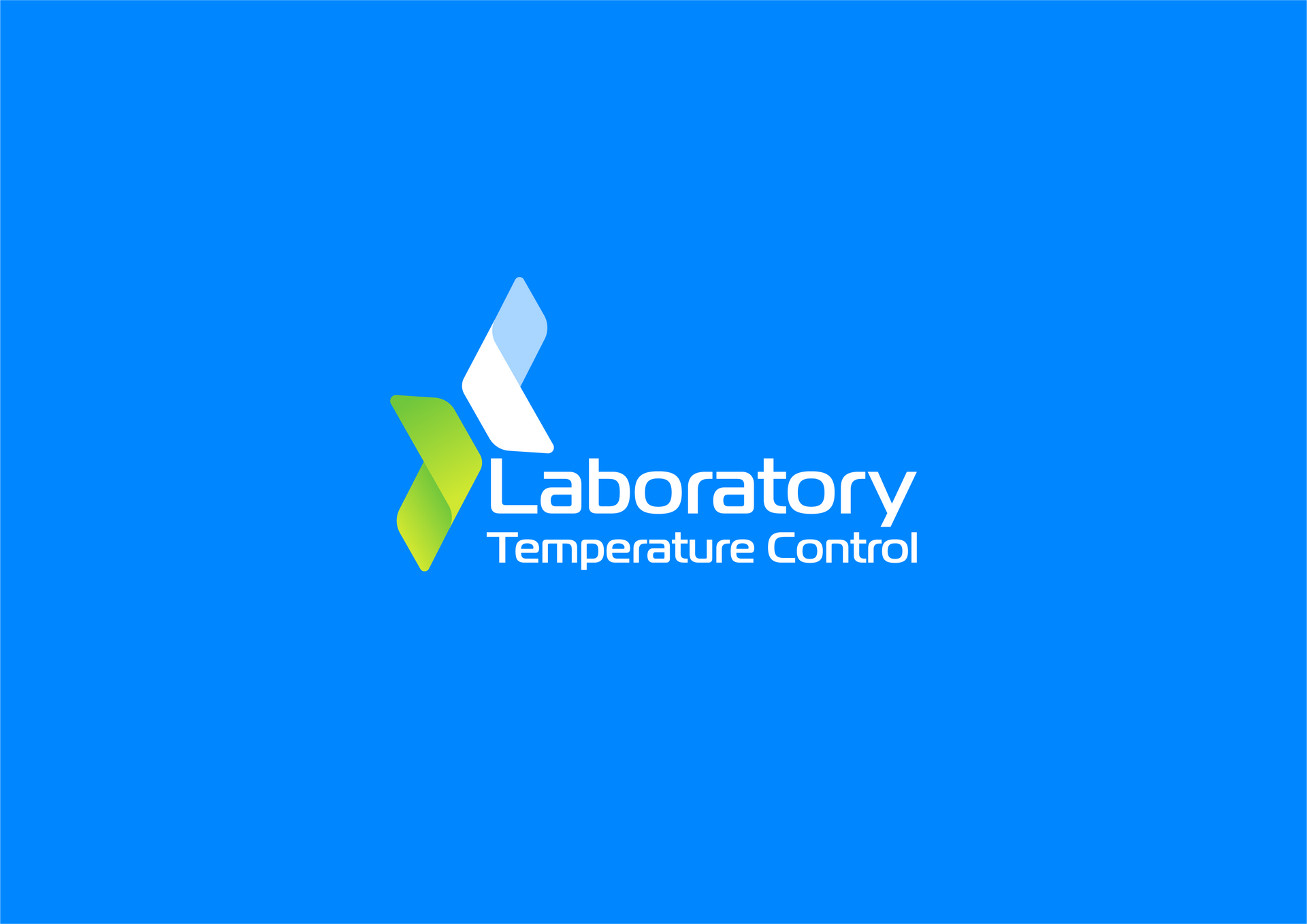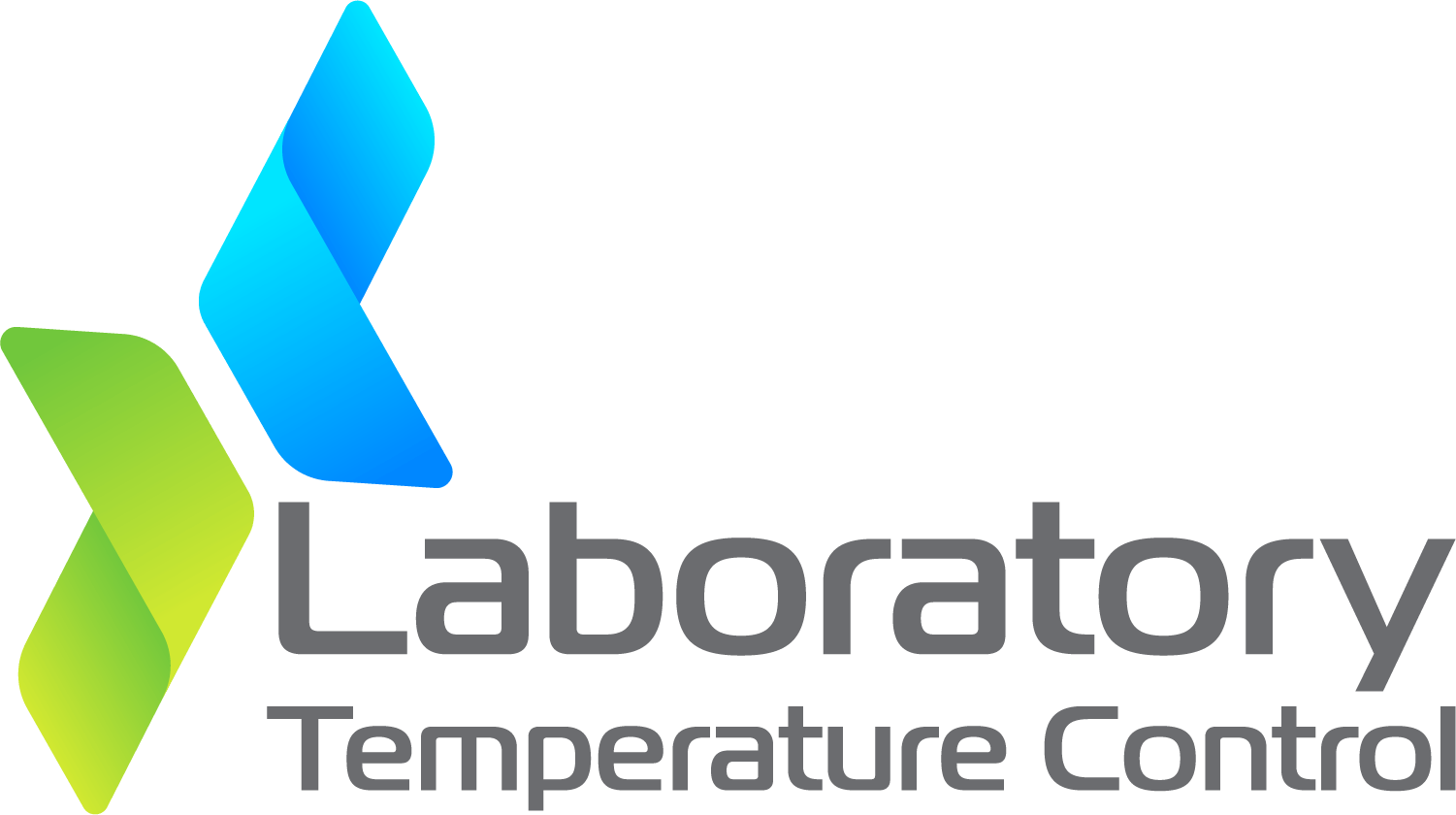How to Design a GMP-Compliant Cold Room: Essential Standards for UK Laboratories
Why GMP Compliance Is the Foundation of Reliable Cold Storage
In pharmaceutical and laboratory environments, temperature precision isn’t optional — it’s critical. From vaccines and reagents to clinical trial samples, every material relies on carefully controlled conditions to maintain safety and efficacy.
That’s where GMP (Good Manufacturing Practice) comes in. These internationally recognised standards define how products should be manufactured, stored, and handled to ensure consistent quality and traceability.
Designing a GMP-compliant cold room isn’t just about refrigeration — it’s about engineering reliability, accountability, and control into every component.
In this guide, we’ll explore exactly what it takes to design a GMP-compliant cold room that meets UK and MHRA standards, covering everything from layout and materials to temperature mapping and validation.
1. What Does GMP Compliance Mean for Cold Rooms?
Good Manufacturing Practice (GMP) governs the processes that ensure product quality in regulated industries such as pharmaceuticals, medical research, and biotechnology.
For cold rooms, compliance means the system must:
- Maintain precise and stable temperature ranges (e.g. +2°C to +8°C for pharmaceutical storage).
- Provide continuous temperature monitoring and recording.
- Be constructed from hygienic, cleanable materials.
- Include redundant systems to prevent temperature excursions.
- Support full validation, calibration, and audit documentation.
In the UK, the MHRA (Medicines and Healthcare products Regulatory Agency) enforces GMP standards under EU GMP Annex 1 and Orange Guide regulations. Failure to comply can result in product loss, failed audits, or operational shutdowns.
2. Step-by-Step: Designing a GMP-Compliant Cold Room
A compliant design combines smart engineering, regulatory awareness, and quality materials. Here’s what you need to consider at each stage:
A. Define Your Application and Temperature Range
Start with clarity on what will be stored and which regulatory category it falls under.
Common cold room types include:
- Pharmaceutical Cold Rooms – typically +2°C to +8°C
- Vaccine Storage Rooms – often +2°C to +8°C with narrow tolerances
- Freezer Rooms – –20°C or lower
- Stability Chambers – variable setpoints for testing conditions
Each category has different GMP documentation requirements for temperature mapping, control systems, and calibration intervals.
B. Engineer for Stability and Redundancy
A cold room designed for compliance must maintain performance even under failure conditions.
Key engineering principles include:
- Dual refrigeration circuits for redundancy.
- Automatic backup power or generator connection.
- Independent temperature sensors and alarms.
- 24/7 monitoring with data logging and audit trails.
At Laboratory Temperature Control, each system is configured with fail-safe resilience, ensuring continuous operation even during power or equipment interruptions.
C. Choose GMP-Approved Materials
GMP compliance extends beyond temperature — it’s about maintaining hygiene and traceability.
Ideal materials include:
- Stainless steel or food-grade PVC for easy cleaning.
- Seamless, non-porous panels to prevent contamination.
- Flush-mounted fittings and doors to eliminate dust traps.
- Coved flooring for full wash-down capability.
Every surface should withstand cleaning agents and disinfection without degradation.
D. Integrate Smart Monitoring and Data Management
Modern compliance demands continuous temperature data visibility.
A validated Building Management System (BMS) or dedicated cold room monitoring solution should provide:
- Real-time temperature and humidity readings.
- Automated alarms and notifications for deviations.
- Secure, tamper-proof data storage (local or cloud-based).
- Audit-friendly reporting tools for MHRA inspections.
For best practice, choose monitoring systems compliant with GAMP 5 (Good Automated Manufacturing Practice) and 21 CFR Part 11 for electronic data integrity.
3. MHRA and UK Regulatory Expectations
The MHRA requires documented evidence that all temperature-controlled environments used for pharmaceutical storage or production are qualified, validated, and monitored.
Your GMP documentation should include:
- Design Qualification (DQ) – Demonstrates the system meets design specifications.
- Installation Qualification (IQ) – Confirms installation matches approved design.
- Operational Qualification (OQ) – Verifies system functions correctly across parameters.
- Performance Qualification (PQ) – Proves consistent long-term performance.
Auditors also expect evidence of:
- Calibration schedules for sensors and controllers.
- Training records for staff responsible for temperature management.
- Maintenance logs and deviation reports.
- Validation certificates and change control documentation.
Maintaining these records ensures both compliance and operational transparency.
4. Temperature Mapping and Validation
Temperature mapping is the process of measuring temperature distribution throughout the cold room under normal operating conditions.
It identifies potential hot or cold spots, ensuring every part of the room stays within the required range.
Typical validation process:
- Sensor Placement: Dozens of calibrated sensors are placed throughout the space.
- Baseline Testing: The room runs under standard conditions, with empty and loaded tests.
- Data Analysis: Results confirm uniformity and highlight variations.
- Corrective Actions: Adjustments are made before the final validation report is issued.
This process forms part of the Performance Qualification (PQ) documentation and must be repeated periodically or after any major modification.
Laboratory Temperature Control’s engineers perform full temperature mapping and validation, using traceable equipment to ensure every system meets GMP and MHRA requirements.
5. Ongoing Maintenance and Lifecycle Compliance
Designing a GMP-compliant cold room is just the start. Long-term compliance depends on preventive maintenance and periodic revalidation.
Key ongoing requirements:
- Scheduled calibration of sensors and controllers.
- Routine cleaning and inspection of all components.
- Review of alarm histories and temperature data.
- Validation renewal every 1–2 years or after system changes.
Ignoring maintenance risks not only system failure but potential audit non-compliance. Partnering with a specialist provider ensures issues are detected early and documentation remains up to date.
6. The Value of Working with a Specialist Design Partner
Achieving GMP compliance requires collaboration between engineers, quality managers, and compliance specialists.
Working with a dedicated provider like Laboratory Temperature Control ensures:
- Each cold room is bespoke-engineered for your exact application.
- All components and control systems are fully validated and documented.
- Designs meet MHRA, EU GMP, and ISO standards.
- You have access to ongoing maintenance and audit support.
With decades of experience delivering temperature control systems for critical environments across the UK and Western Europe, LTC helps laboratories and pharmaceutical manufacturers build confidence in their compliance — and their results.
Conclusion: Designing for Compliance, Reliability, and Peace of Mind
A GMP-compliant cold room is more than a regulatory requirement — it’s a vital safeguard for your products, your clients, and your reputation.
From the first design sketch to ongoing maintenance, every decision shapes the reliability and traceability of your operation.
If you’re planning a new installation or upgrading an existing facility, partner with the experts at Laboratory Temperature Control. Our engineers specialise in GMP-compliant cold room design, validation, and maintenance across the UK — ensuring your facility performs flawlessly under inspection and beyond.






















The Importance of Having a Breakdown and Service Contract in Place for Your Pharmaceutical Cold Room







